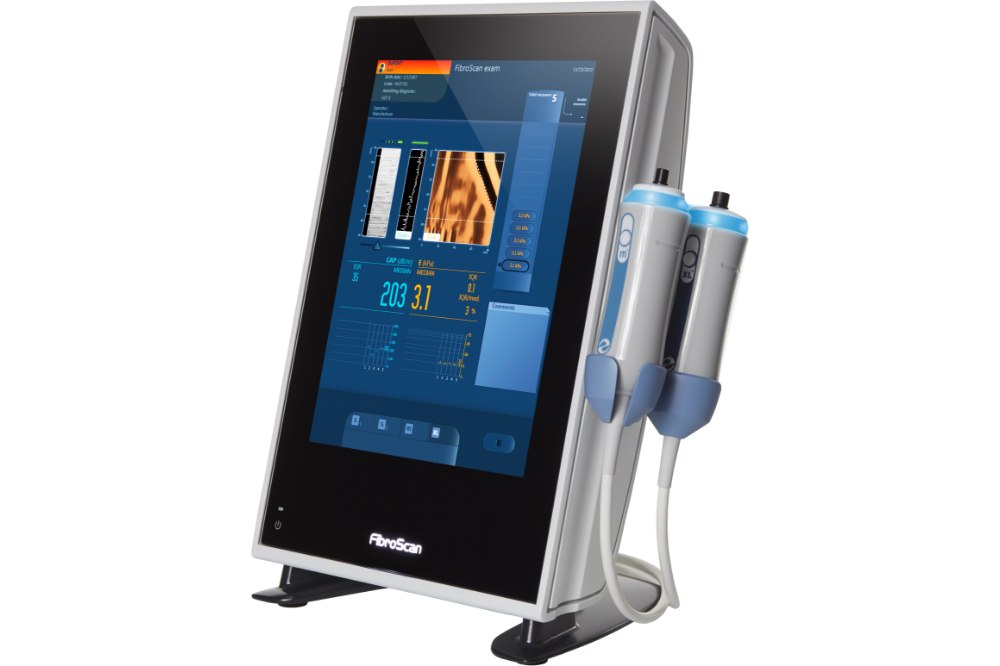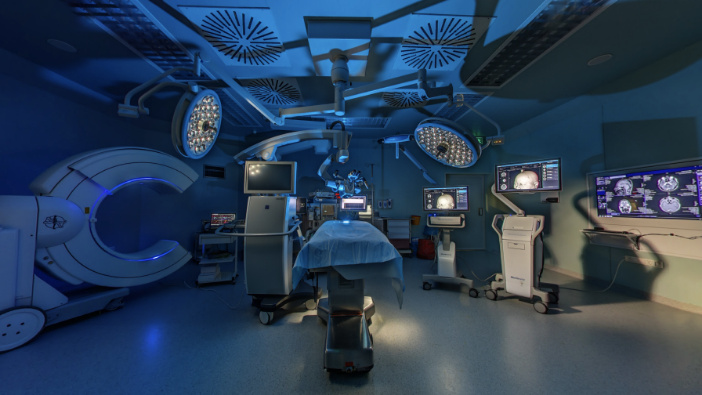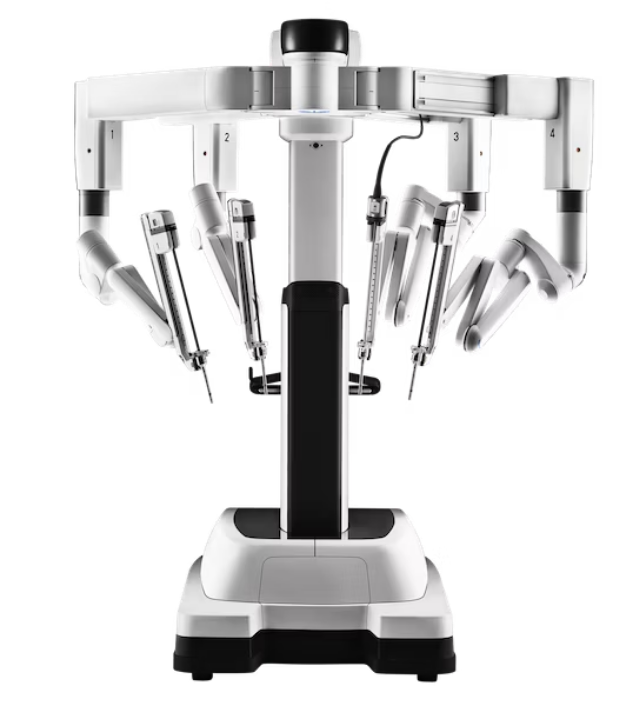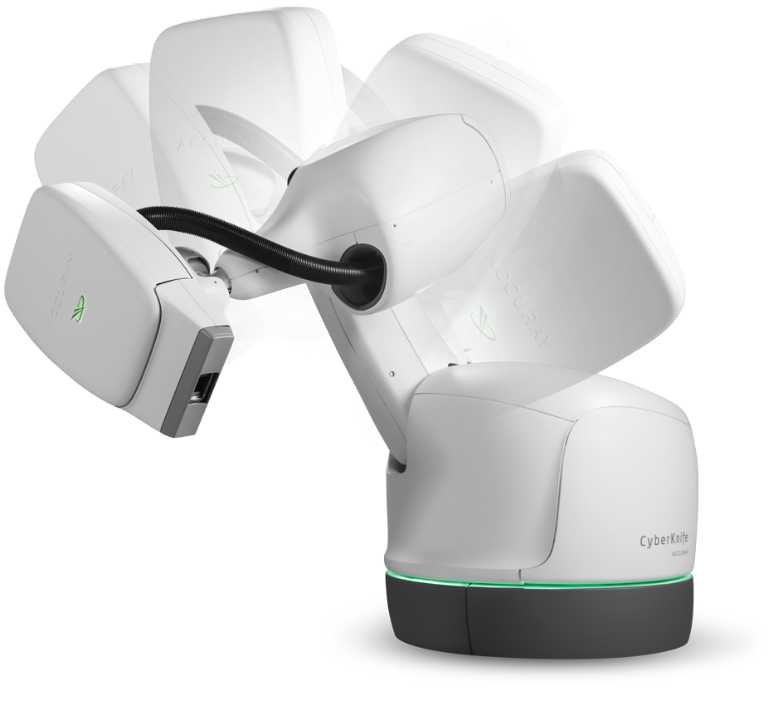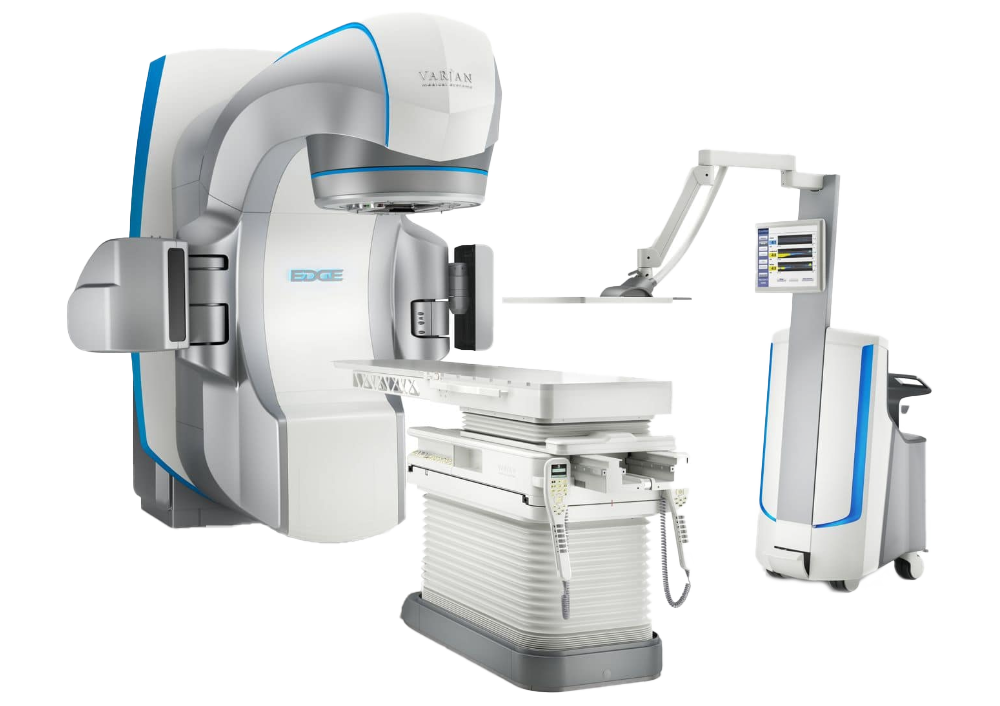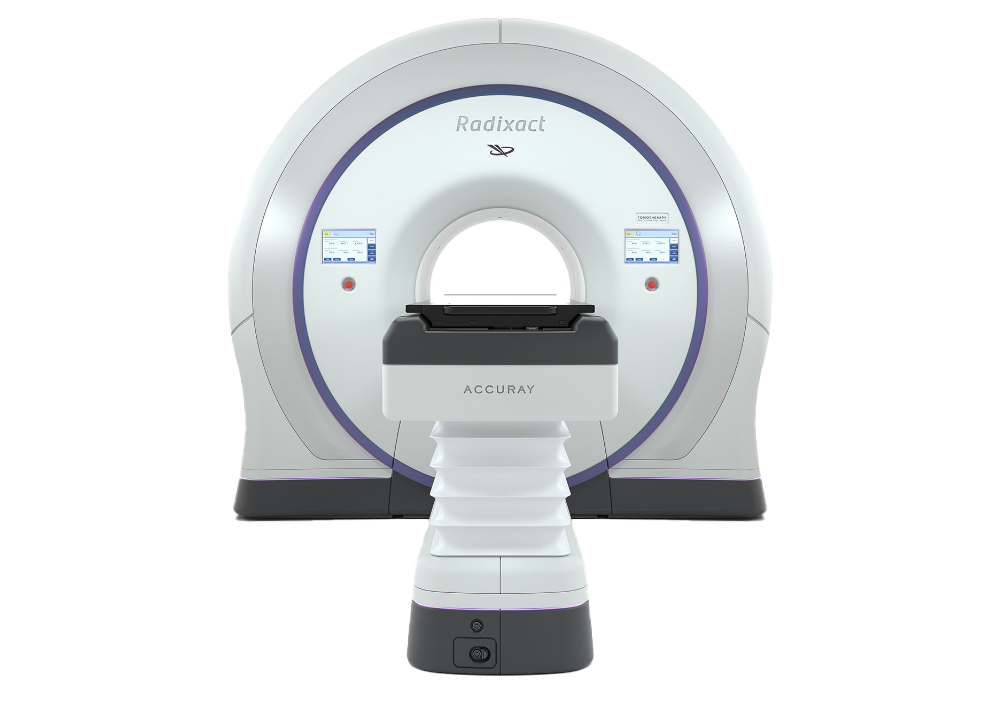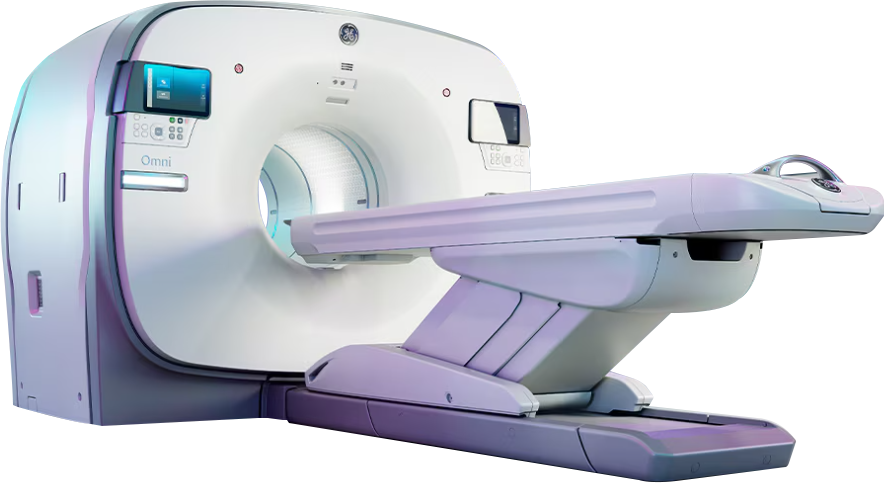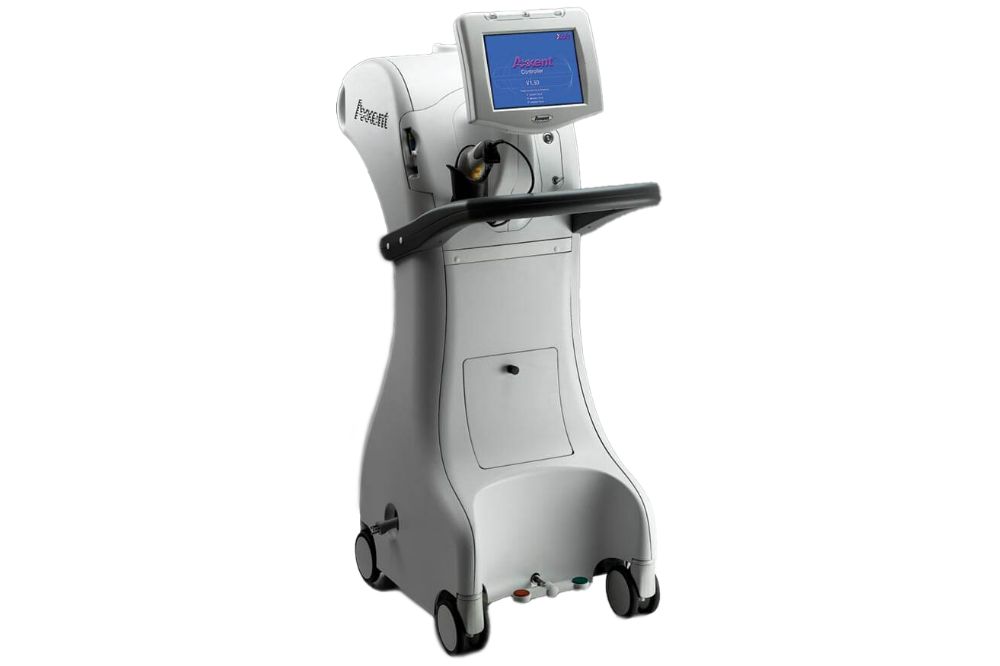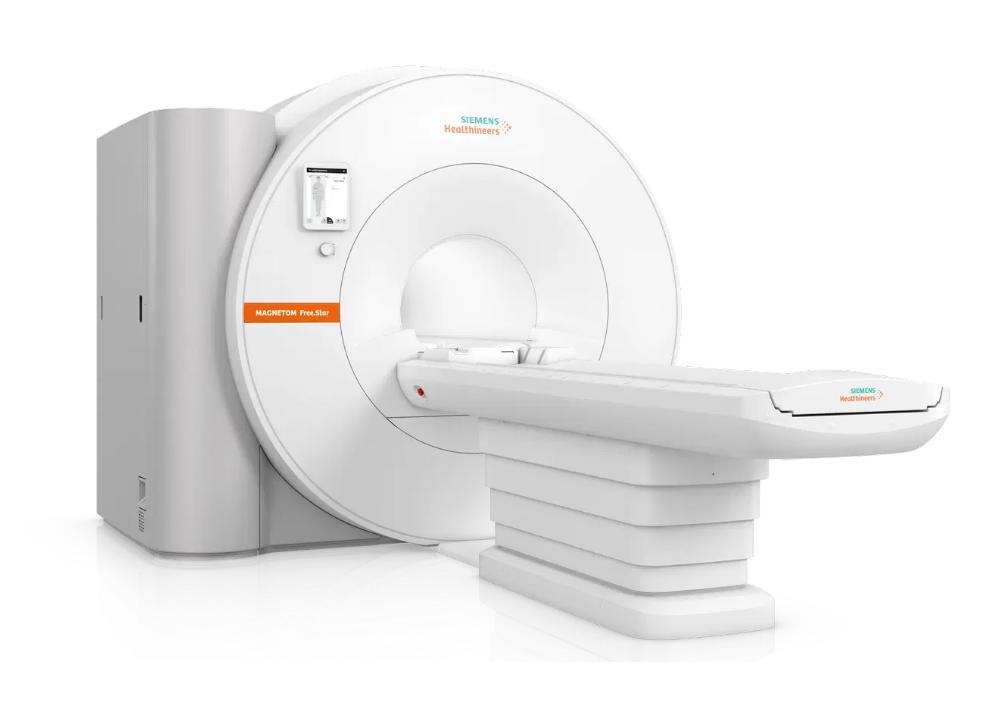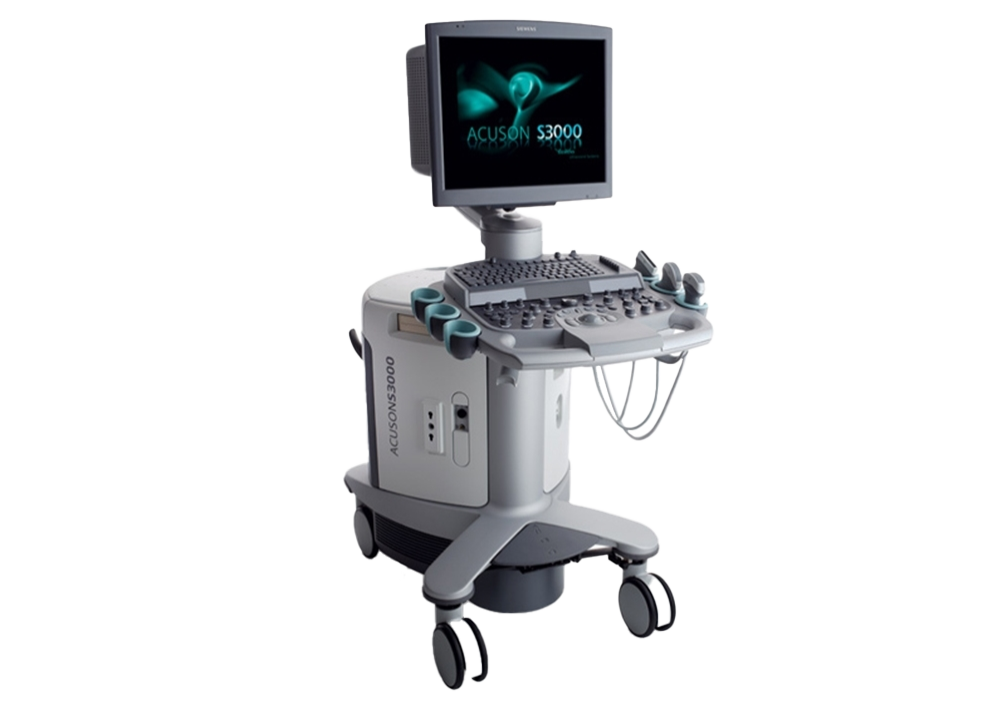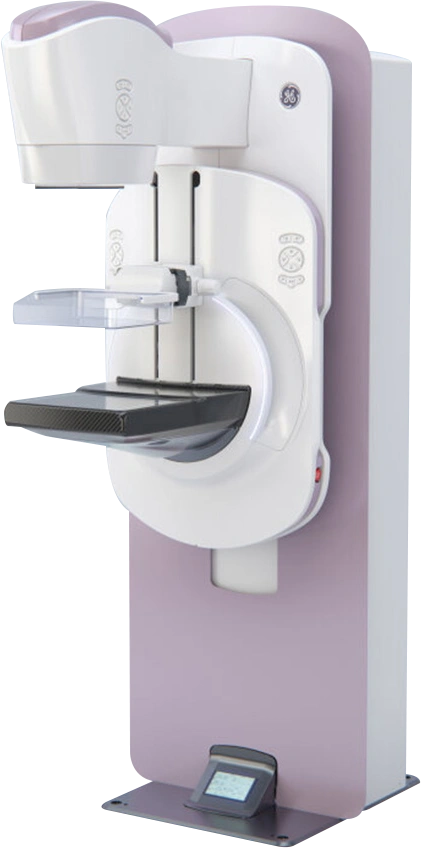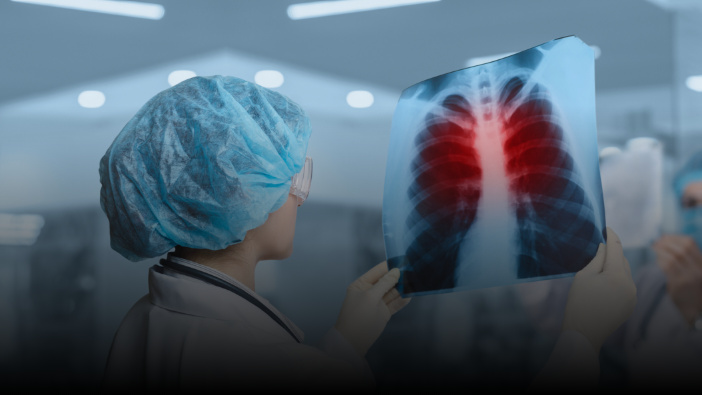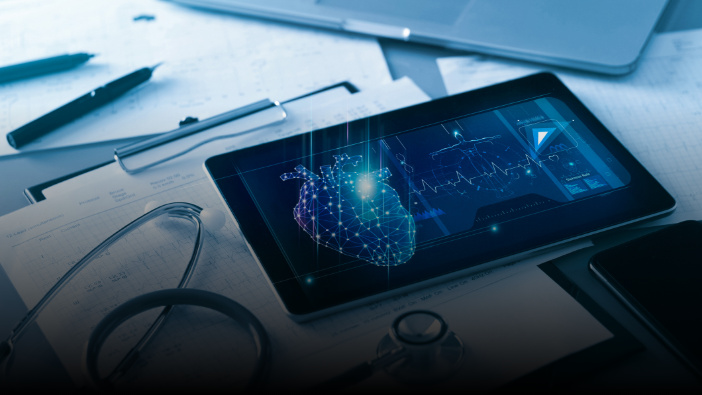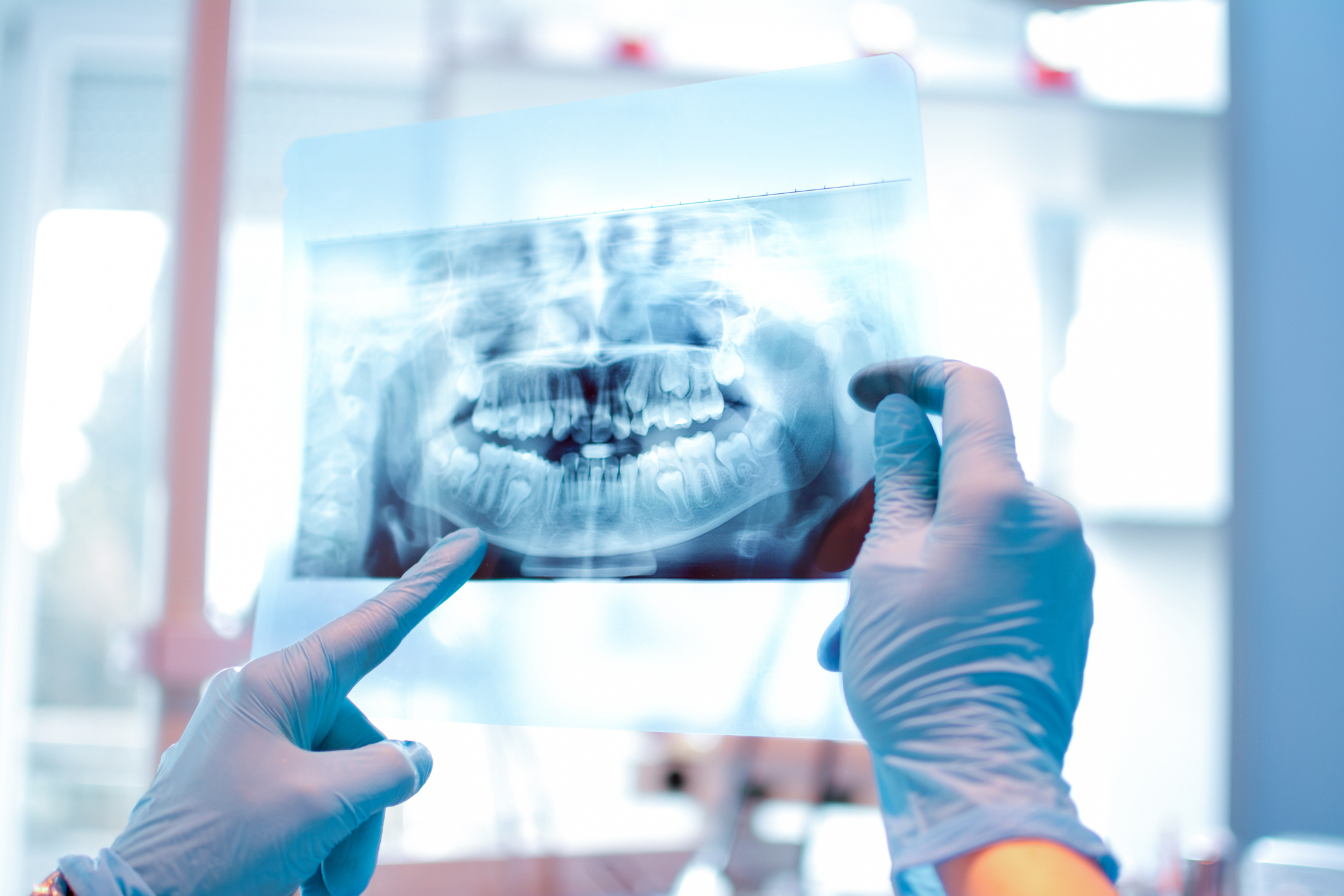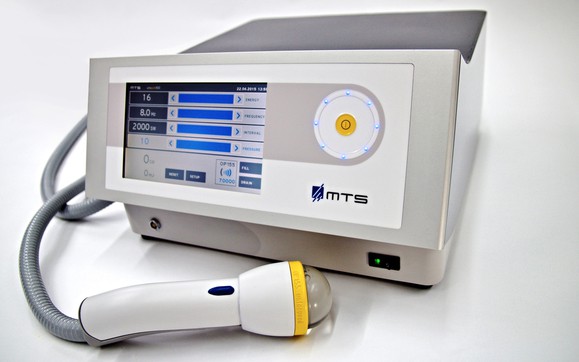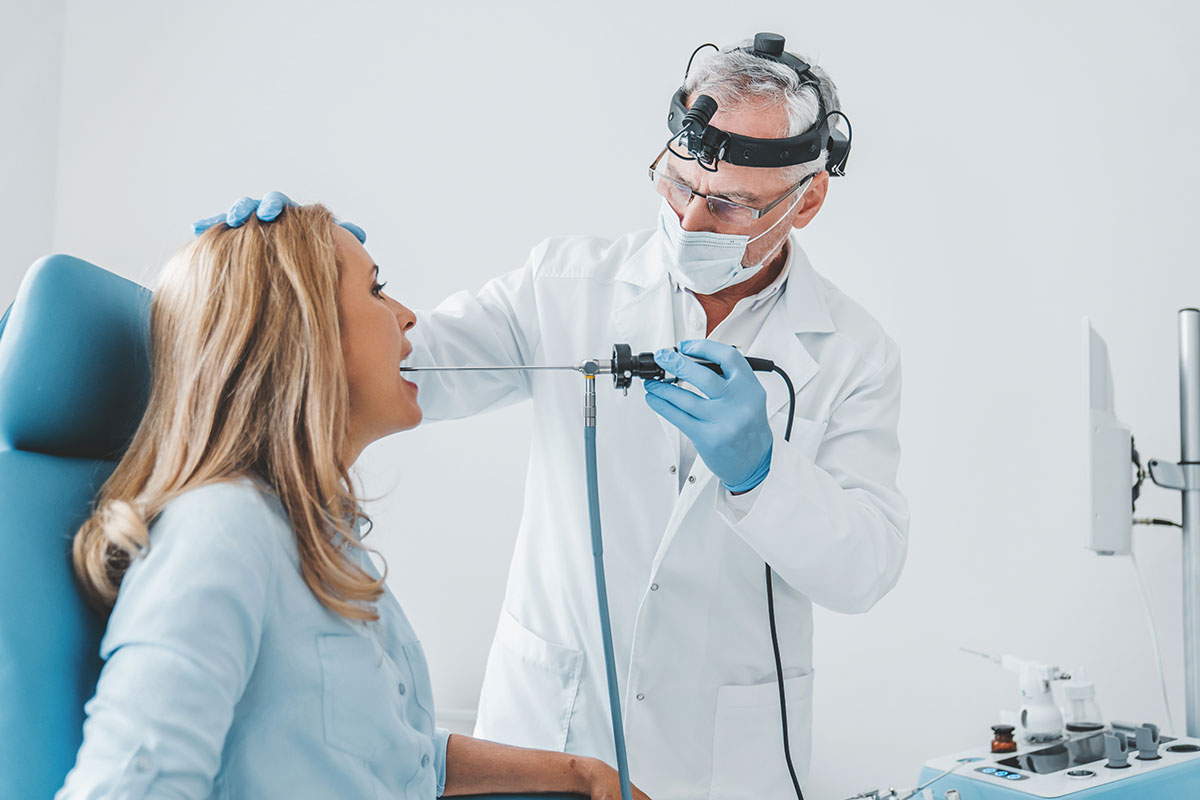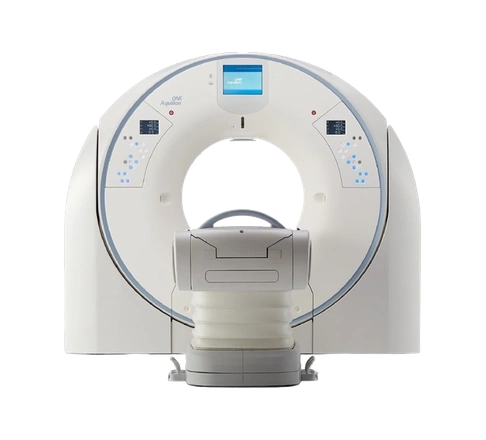Sialendoscopy Method (Salivary Gland Endoscopy)
What is Sialendoscopy?
Sialendoscopy is an endoscopic procedure used to visualize the salivary gland ducts and diagnose and treat salivary gland disorders. Initially, the pathology inside the duct is diagnosed, and then endoscopic treatment is applied either during the same session or in a subsequent session.

In which salivary gland disorders is sialendoscopy used?
Salivary gland disorders can be categorized into "obstructive" and "non-obstructive" types. Chronic diseases and infections of the salivary glands occur. Additionally, in conditions like radioactive iodine treatment or certain autoimmune diseases, reduced salivary gland function or gland swelling can be observed. Salivary gland duct obstructions, such as stones or strictures, can also lead to decreased saliva production, resulting in dry mouth. Sialendoscopy is beneficial in diagnosing and treating infections causing recurrent salivary gland swelling and all these health issues.
How does the sialendoscopy procedure work, and how long does it take?
With telescopes of 1.6 or 1.1 millimeters in diameter, access is gained to the salivary gland ducts through the oral cavity and visualized. The telescopes enter through the tiny openings of the ducts, and the ducts are expanded with the help of telescopes, allowing observation throughout the entire duct. Issues such as stones or strictures in the duct can be treated in this way. The procedure duration can vary; it may take up to 1 hour, but in some cases, it can extend to 5-6 hours. This is because, in some situations, large stones may be encountered, requiring breaking and removal, which can be time-consuming. Stones can sometimes be removed directly, or they may be broken into smaller pieces using lasers or lithotripsy, and then extracted in one or more sessions. The factors affecting the process vary from patient to patient and from disease to disease.
What are the advantages of sialendoscopy for patients?
Previously, treating these disorders required major surgeries, but with this new endoscopic system, treatments have become more non-invasive. Consequently, complications and procedure times have decreased, hospital stay durations have been reduced, and the overall comfort of the treatment process has improved for patients. Sometimes, sialendoscopy may need to be combined with more limited oral surgeries, especially open surgeries.
Can the procedure be applied to every patient?
Due to anatomical reasons, it may not be possible to access the salivary gland ducts through the oral cavity for some patients. Sometimes, the ducts may be too narrow or problematic. Apart from such exceptional cases, this method can generally be applied to everyone.
Is there any pain or discomfort during the sialendoscopy procedure? Is anesthesia required?
Both local and general anesthesia can be used. If general anesthesia is chosen, the patient needs to stay under observation for one night. If local anesthesia is preferred, the patient can walk comfortably home at the end of the day after the procedure.
Is there any special preparation required before the sialendoscopy procedure?
No special preparation is required for this procedure. The patient is only asked to prepare for anesthesia, and information is provided about this. Typically, ultrasound and tomography are needed as diagnostic tests. These imaging methods are used to view the condition of the salivary gland, locate stones if present, or show any strictures.
Is there a difference in success rates when comparing sialendoscopy to open surgery?
In open surgery, the salivary gland is generally completely removed. This major and somewhat radical surgical operation naturally carries more risks. In contrast, sialendoscopy is a less invasive procedure performed without removing the salivary gland and largely preserving it.
How widespread is the use of sialendoscopy?
The use of sialendoscopy is increasing over time. The method has become popular worldwide, especially in the last 10 years. There are 1-2 international associations dedicated to sialendoscopy. In Turkey, it is used in approximately 10 centers, including some university and training hospitals, private hospitals, and clinics. This device was first used in Turkey around 2008-2009. As of 2024, Anadolu Health Center is one of the few centers in Turkey offering this procedure. The reason for its limited spread is its cost and complexity, a situation not unique to Turkey but also seen globally.
When should one definitely consult a doctor?
If symptoms such as dry mouth due to reduced saliva production, swelling of the salivary gland during eating, recurrent salivary gland infections and swellings, reduced saliva after radioactive iodine treatment, difficulty swallowing, or an increase in various dental infections are observed, one should consult an ENT specialist.



